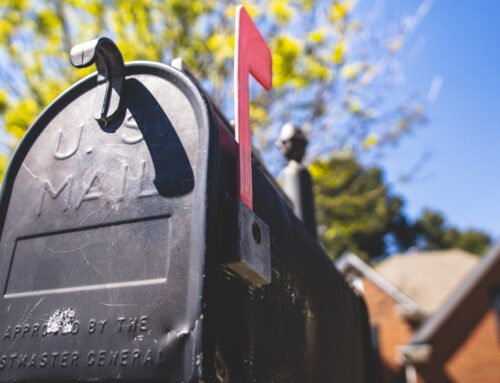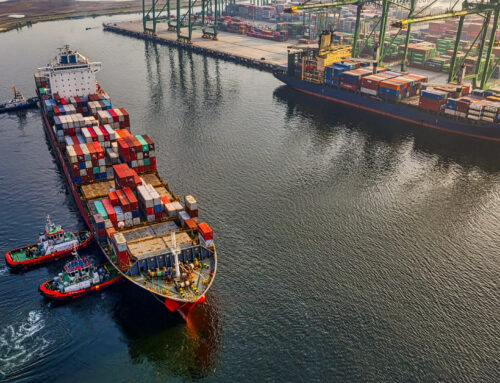The Experience Economy
In last week’s blog post about private label products, we decided the new wave of innovation relies heavily on experience. The American economy—just like its society—cycles through trends. For example, a consumer of the 1950’s craved newness and, in the 1990’s, sought after convenience. Now that corporate America has met both those demands, the consumer of the 2010’s redirects their attention to unique experiences as a prerequisite to brand loyalty. Harvard Business Review called this stage of purchasing behavior the Experience Economy.
Make no mistake; modern American consumers haven’t forgotten their penchant for newness, nor have they relinquished their affection for convenience. They simply expect to have all three wishes granted at once. This means that traditional vendors like bookstores and bakeries have to play catch-up by manufacturing memorable interactions, all while competing with start-ups who have incorporated an economic demand for experience into their business models.
Crave New World
Since smart phones and Wi-Fi have rendered leaving the house obsolete and deprived the average American of meaningful interactions, it’s no wonder that the newest money-making fad would be carefully crafted and rich experiences.
Customer Impact has to keep up with these trends to the same degree as any product manufacturer or retailer, because our clients’ needs will inevitably shift to follow them. And, aside from our practical interest in studying this sort of thing, we just think it’s interesting. Here are a few examples of the Experience Economy in action.
Sprinkles
Sprinkles Cupcake ATM is exactly what it sounds like—a pretty pink box that delivers gourmet cupcakes through a small square opening with the swipe of a card. Using the touch screen, anyone with a sweet tooth can select their favorite flavor and watch as a small square compartment slides open to reveal the treat within seconds. Like any other ATM, the machine does not require real human labor to operate, and that means that cupcakes are available 24/7. This quirky little business received a write-up in Forbes magazine and is a nine-million-dollar chain.
Amazon Go
The entire premise of Amazon Go’s “just walk out” technology is to simplify the food shopper’s experience by completely eliminating checkout lines. In Seattle, Chicago, and San Francisco, anyone with a smartphone can download the Amazon Go app, scan their phone screens upon entering the store, grab anything they need off the shelves and—you guessed it—just walk out. Sure, Amazon Go saves time, but it also introduces a refreshing relationship of trust between customers and store staff. Since the technology takes responsibility for loss prevention and security, employees can focus solely on supporting patrons rather than introducing the all-too-familiar aura of suspicion into their interactions.
Color Factory
New York City’s Color Factory Museum was meant to be a pop-up exhibit that, due to its success, has been operating for eight months. This interactive exhibit used the talent of NYC’s artistic community to create a series of vibrantly colored rooms reminiscent of Willy Wonka’s Chocolate factory. With an all blue ball-pit, conveyor belt of pastel macaroons, an LED dance floor, the Color Factory has Instagrammers practically salivating. And before leaving, guests can grab a color map of the city and spend the rest of the day hunting art installations.
Lean Cuisine
Lean Cuisine’s #WeighThis marketing campaign set up a large white wall in NYC, then asked women how they’d like to be weighed. Their answers, ranging from “my journey of self love” to “raising 2 teenagers alone” were then written in script onto a scale, which they’d then hang onto a wall of other women’s answers. After decades of advertising their low-calorie frozen meals as a dieting solution, Lean Cuisine knew to make waves with its switch to nutrition-based advertising through a meaningful experience. And, of course, the entire thing was professionally filmed and converted into a 90 second commercial.
Creative Competition
This creative competition is one of the advantages of capitalism. Since the consumer’s wish is the corporation’s command, we get to sit back and watch as the most innovative minds collaborate to create new experiential concepts. By the time every successful company has met our current request for rich experience, America will have already begun to ask for something else—and so it goes.
Author:
McKenzie Allen
Business Development Manager
800-677-2260 Ext.168
Email
Contact
Contact us below for more information or cost estimation for an upcoming project.
[Form id=”9″]





